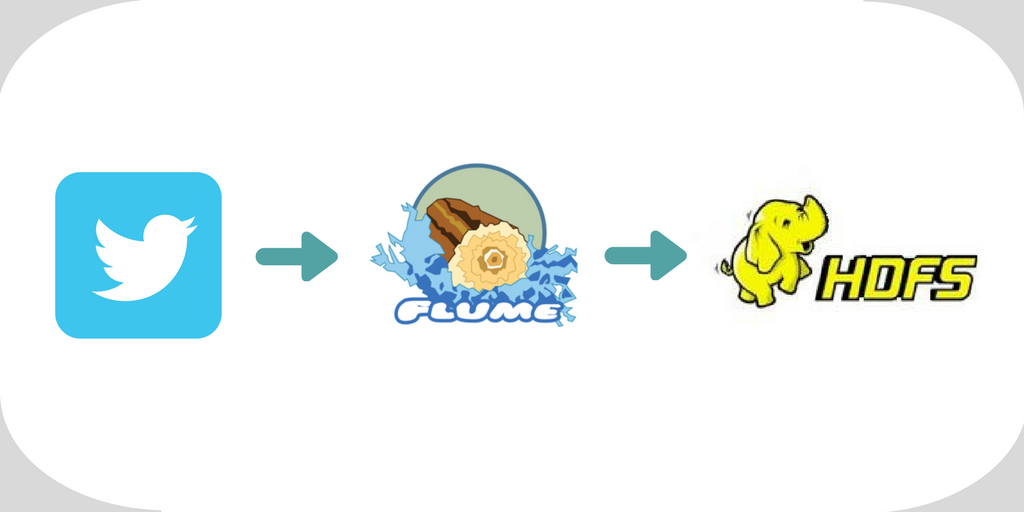[This blog is from KnowBigData.com. It is pretty old. Many things have changed since then. People have moved to MLLib. We have also moved to CloudxLab.com.]
What is Machine Learning?
Machine Learning is programming computers to optimize a Performance using example data or past experience, it is a branch of Artificial Intelligence.
Types of Machine Learning
Machine learning is broadly categorized into three buckets:
- Supervised Learning – Using Labeled training data, to create a classifier that can predict the output for unseen inputs.
- Unsupervised Learning – Using Unlabeled training data to create a function that can predict the output.
- Semi-Supervised Learning – Make use of unlabeled data for training – typically a small amount of labeled data with a large amount of unlabeled data.
Machine Learning Applications
- Recommend Friends, Dates, Products to end-user.
- Classify content into pre-defined groups.
- Find Similar content based on Object Properties.
- Identify key topics in large Collections of Text.
- Detect Anomalies within given data.
- Ranking Search Results with User Feedback Learning.
- Classifying DNA sequences.
- Sentiment Analysis/ Opinion Mining
- Computer Vision.
- Natural Language Processing,
- BioInformatics.
- Speech and HandWriting Recognition.
Mahout
Mahout – Keeper/Driver of Elephants. Mahout is a Scalable Machine Learning Library built on Hadoop, written in Java and its Driven by Ng et al.’s paper “MapReduce for Machine Learning on Multicore”. Development of Mahout Started as a Lucene sub-project and it became Apache TLP in Apr’10.
- Introduction to Machine Learning and Mahout
- Machine Learning- Types
- Machine Learning- Applications
- Machine Learning- Tools
- Mahout – Recommendation Example
- Mahout – Use Cases
- Mahout Live Example
- Mahout – Other Recommender Algos
Machine Learning with Mahout Presentation
Machine Learning with Mahout Videohttps://www.youtube.com/embed/PZsTLIlSZhI





